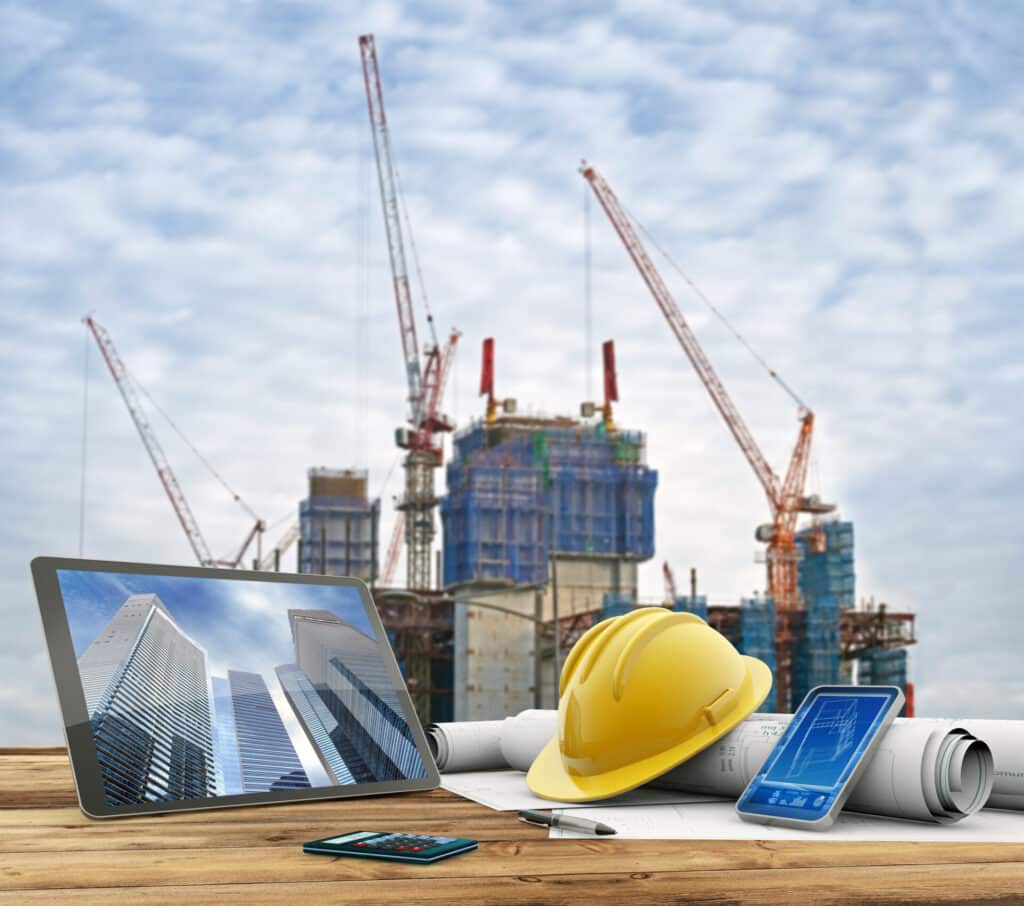
Two popular project delivery methods in the construction industry are Design-Build and Design-Bid-Build. Both methods have their own set of pros and cons that can have a significant impact on a construction project. This article will look deeper into the differences between these two methods and compare them regarding efficiency, cost, quality, and overall project success.
What is Design-Bid-Build (DBB)
Design-Bid-Build is a traditional approach to project delivery. It involves three separate contracts between the owner, the designer, and the contractor. The first phase is the Design phase, where the owner hires a designer to develop the project plans and specifications. After the design has been completed, the owner solicits bids from contractors to construct the project. Finally, the contractor with the lowest bid is awarded the contract, and the construction phase begins.
Advantages
One advantage of Design-Bid-Build is that the owner has complete control over the design phase. The owner can choose a designer based on experience, design philosophy, and reputation. They can participate in decision-making to ensure the design meets their needs and expectations. Additionally, the Design-Bid-Build approach allows for transparent bidding and competitive pricing, which can result in cost savings for the owner.
Disadvantages
However, Design-Bid-Build has several drawbacks:
- The sequential nature of Design-Bid-Build can result in delays, as the bid process can take several weeks or even months.
- Since the designer and contractor work on separate contracts, any changes or modifications to the design during the construction phase can result in more costs and delay the project timeline.
- The Design-Bid-Build approach can also lead to a lack of cooperation or coordination between the designer and the contractor, resulting in design errors or construction defects.
What is Design-Build (DB)
In recent years, Design-Build has become an increasingly popular approach to project delivery. Design-Build involves a single contract between the owner and the Design-Build team, typically including a designer and a contractor. The team works together throughout the design and construction phases of the project, which can result in a more cohesive, efficient, and cost-effective project delivery process.
Advantages
One advantage of Design-Build is that it allows for a more collaborative approach to project delivery. The owner can work with the Design-Build team to make sure that the design meets their needs and budget and that any changes or modifications can be made quickly and efficiently. Additionally, the Design-Build team has a vested interest in completing the project promptly and within budget and therefore tends to be more focused on efficiency and cost control. Finally, since the Design-Build team is more integrated, there is less chance for errors or miscommunications between the designer and the contractor.
Disadvantages
One disadvantage of Design-Build is that the owner has less control over the design process, as the Design-Build team typically has more influence over the design decisions. Additionally, the lack of a competitive bidding process can result in higher costs for the owner. Finally, the Design-Build approach may not be suitable for complex or high-risk projects, as finding a Design-Build team with the necessary expertise and experience can be difficult.
Design-Build VS. Design-Bid-Build
Efficiency
Design-Build is generally considered a more efficient approach to project delivery, as it eliminates the need for separate contracts and allows the Designer and Contractor to work together throughout the project. This can result in a streamlined process, where changes and modifications can be made quickly and efficiently without causing delays. On the other hand, Design-Bid-Build has a more sequential process, which can result in delays and miscommunications between the designer and the contractor.
Cost
Design-Bid-Build has the advantage of competitive bidding, which can result in lower costs for the owner. However, this approach can also result in unexpected costs during the construction phase, as any modifications to the design can result in change orders and additional expenses. On the other hand, Design-Build can result in higher costs for the owner, as the Design-Build team has more control over the design decisions. However, this approach can also result in cost savings, as the team focuses more on efficiency and cost control.
Quality
Both Design-Build and Design-Bid-Build can result in high-quality construction projects. Still, the quality depends on the expertise and experience of the Designer and Contractor. Design-Build has the advantage of a more integrated process, which can result in fewer errors and miscommunications. Additionally, since the Design-Build team has a vested interest in the project’s success, they are more likely to ensure that the quality of the work is up to their high standards. On the other hand, Design-Bid-Build may need more coordination between the designer and the contractor, resulting in design flaws or construction defects.
Overall Project Success
The overall success of a construction project depends on many factors, including efficiency, cost, quality, and timeliness. Both Design-Build and Design-Bid-Build can result in successful projects if appropriately executed. However, Design-Build has the advantage of a more streamlined, efficient, and collaborative process that can result in a successful project delivered on time and within budget.
Which is suitable for your project?
In conclusion, both Design-Build and Design-Bid-Build have advantages and disadvantages, and deciding which approach to take depends on the project’s specific needs. However, Design-Build is becoming increasingly popular due to its more efficient and collaborative approach and is expected to continue to gain momentum in the construction industry. By working together to achieve a common goal, the Design-Build team can deliver high-quality projects that meet the owner’s and end-users needs and expectations.
Choose Design-bid-build
- If your project is straightforward and doesn’t require collaboration or expertise from subcontractors.
- In unlikely design changes, cost control is achievable through competitive bidding.
- If you are okay with managing the players involved separately, don’t have an issue with a longer project timeline.
- Where it is beneficial for public projects that require a fair bidding process.
Choose Design-build
- If you have a complex project that requires collaboration among various players.
- Care greatly about project timelines, and prioritize cost and quality of deliverables
- to reduce your risk and involvement, making it ideal for those who prefer a more streamlined process.
Making the appropriate selection for your project delivery method is crucial, as it demands conviction in your choice. Our team is always prepared to assist you with inquiries regarding design-build, design-bid-build, or any upcoming projects. Contact us today by contacting or dialing (707) 543-2984 to talk to someone immediately.
